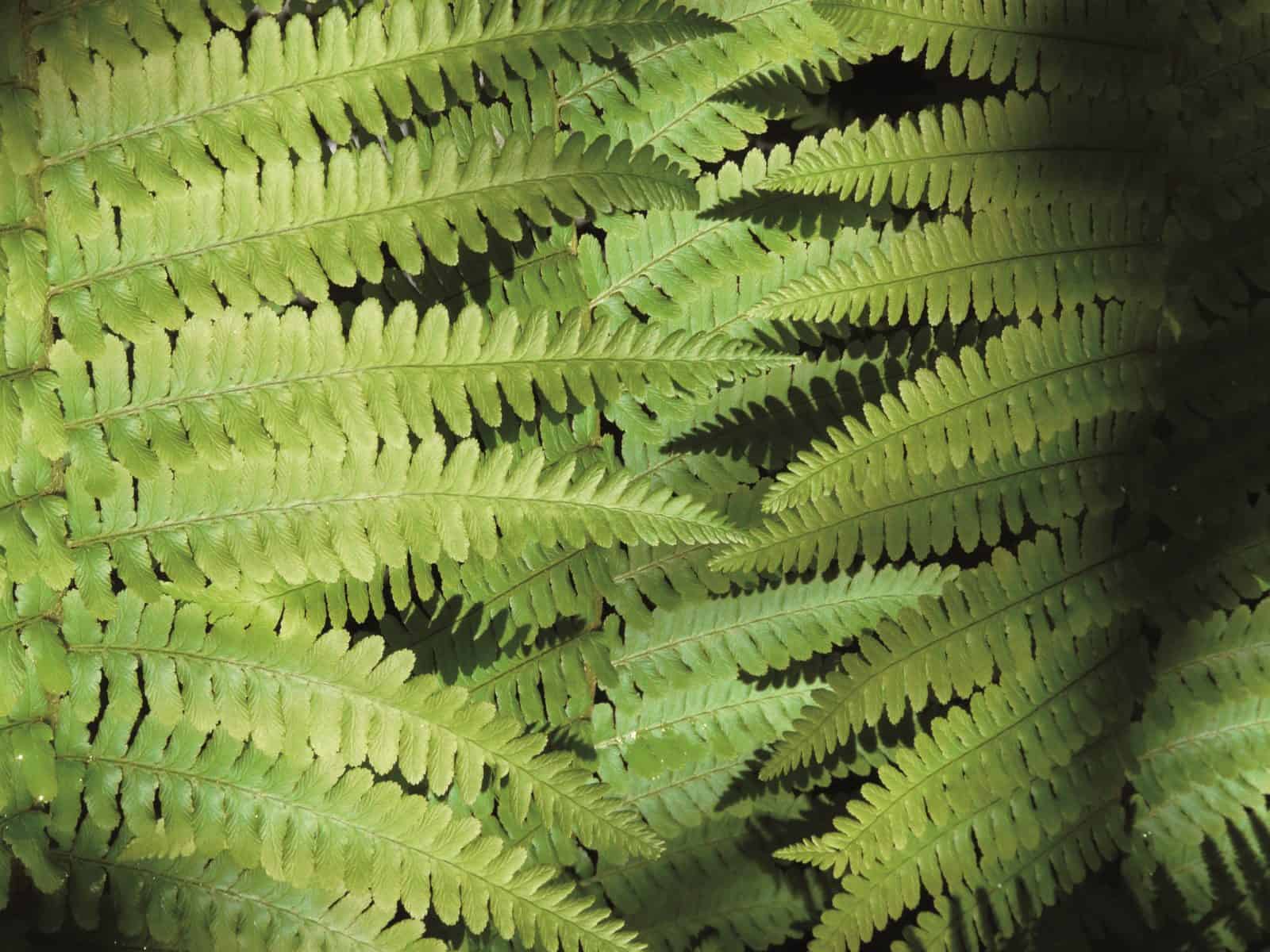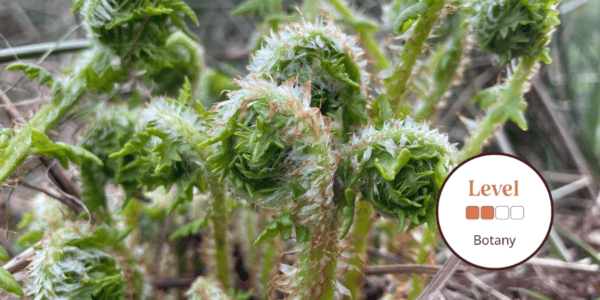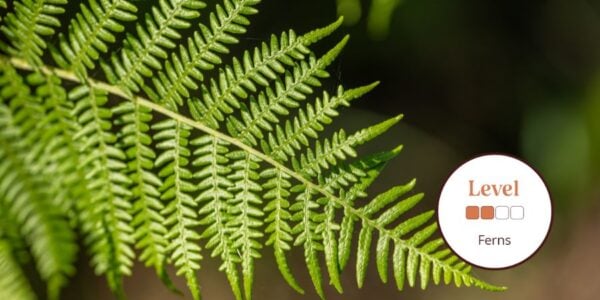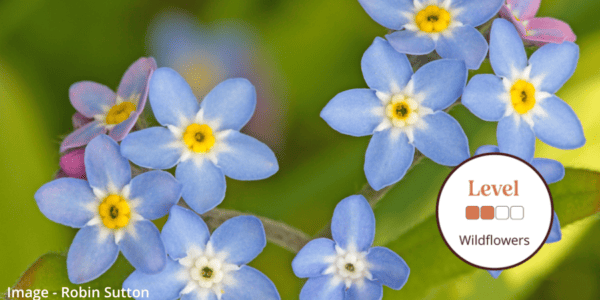This Fern Identification course includes botany, ecology and identification of ferns in their natural habitats in North Wales.
The three days of this course will be spent in the beautiful, rugged landscape of the Snowdonia National Park, looking at Pteridophytes: ferns and their allies, in their natural habitats. Sites you will visit will include upland and lowland, acidic and alkaline habitats, ensuring that you have the opportunity to observe a variety of species from a number of families. Your study will primarily involve the identification of species, but attention will also be given to learning about basic fern ecology and factors that affect their survival.
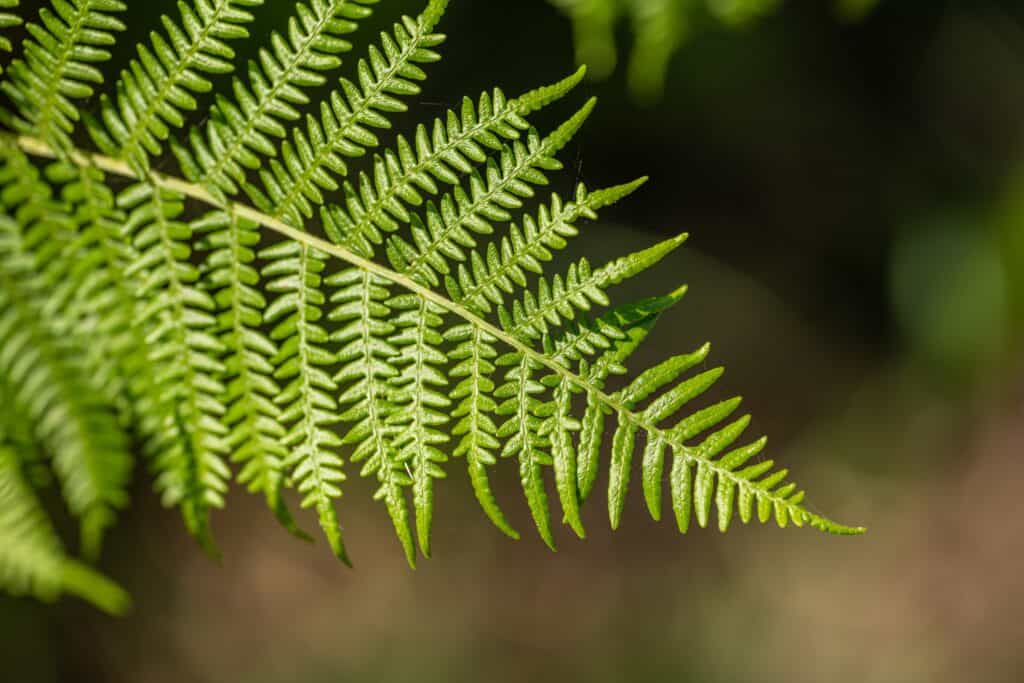
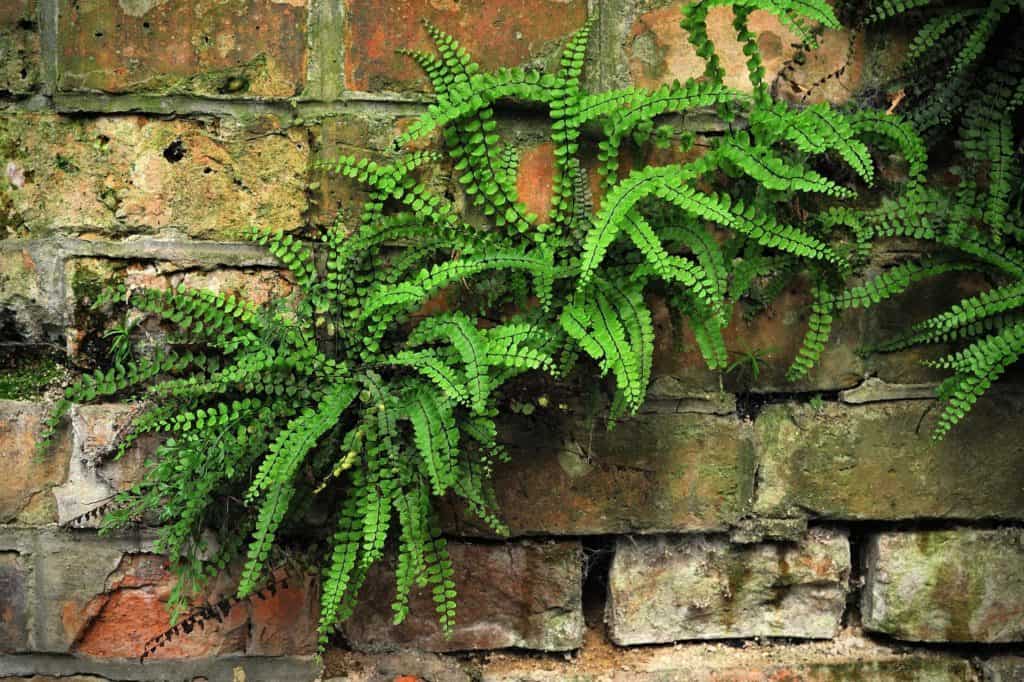
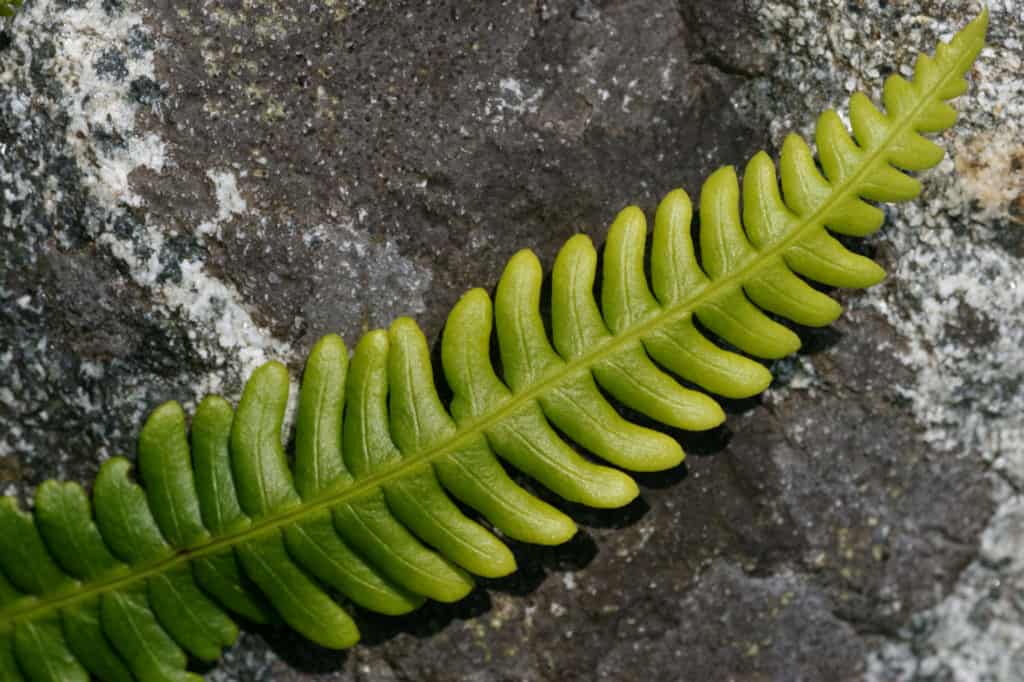
Read More
North Wales contains a diverse range of plant communities and a wide range of habitats as a result of its coastal and mountain sites, complex geology, and varied land use. This results in there being an extremely wide variety of ferns, clubmosses, and horsetails growing in the area! This course will provide you with a firm grounding in the botany and ecology of these fascinating plants. Identification will include dealing with some of the complex apogomous groups such as the Dryopteris affinis aggregates.
Daytime walks will be up to four miles long through stunning rural scenery in and around Snowdonia with spectacular views on clear days. The terrain will be diverse, including some rocky, steep sections, but will be taken at a pace to enable botanical observation. Rain will not prevent the course running, but field days may be curtailed if prevailing weather conditions are unpleasant. Evening identification sessions in the laboratory with fern field guides, specimens, and hand lenses will help to consolidate learning.
What will be covered during this course?
- The course will be delivered through a combination of seminars, laboratory identification sessions and practical field work. Field work will involve visiting a range of habitats where the specimens can be identified within an ecological context.
- Characteristics of Pteridophytes, and how to distinguish between quillworts, clubmosses, horsetails and true ferns.
- Comparative analysis of vegetative and reproductive parts and their use in identification and differentiation between families, genera and species.
- Life cycles of Pteridophytes, alternation of generations, and how they differ in their life cycles from other plant groups.
- Using a range of dichotomous keys and other resources to identify species.
- Understand the importance of the Pteridophytes as indicators of key habitats and ecological niches.
- The role of climate, geology and edaphic factors in determining Pteridophyte distribution.
- Preparing voucher specimens of Pteridophytes and procedures for validation.
By the end of the course, you will be able to:
- Compare and contrast Pteridophytes, distinguishing between the four major groups (morphology and life cycles) and identifying a selection of common species using a range of dichotomous keys.
- Critically evaluate the role that Pteridophytes have as ecological indicators and their use in indicating habitat type.
Who Should Attend? – Natural history enthusiasts, students, rangers, ecologists, and environmental professionals. This intermediate level course is open to anyone with some knowledge of the subject. This course is suitable for 18 years and over only.
Knowledge Level – Beginner through to advanced. Level descriptors can be found on the following web-page: Framework and Course Level Descriptors
There are two booking options which all include course tuition, meals and refreshments:
- Non-Resident (Breakfast not included)
- Resident (Sole Occupancy)
For course bookings including accommodation please note bathroom facilities may be shared.
MMU Student Information
MMU students – please email [email protected] to book your course place.
Accreditation
This is one of a series of courses (units) run jointly with Manchester Metropolitan University (MMU) contributing to the MSc Biological Recording and Ecological Monitoring and the Postgraduate Certificate in Biological Recording. MMU students complete assessed work after the course. For further details about Manchester Metropolitan University degree programmes please contact:
Department of Natural Sciences, Manchester Metropolitan University, (Shrewsbury Office). Email: [email protected]
- See the ‘Example Timetable’ and ‘What’s Included’ sections below for more information about this course.
- Upon booking you will need to provide individual details of all attendees.
Please email [email protected] if you have any questions.
Assessment
For Manchester Metropolitan University students, the Unit will be assessed through, for example, identification tests, survey reports, field journals, production of keys, essays or other forms of assessment. In course tests are optional and less formal for participants who are not MMU students.
MMU students will be required to complete a portfolio comprising of two parts:
Part 1: A test with a range of specimens. Points awarded for correct identification, and critical comparison between specimen and superficially similar/related species. (Equivalent to 500 words).
Part 2: Collect a range of Pteridophytes. Create voucher specimens, with full biological records. Key diagnostic features to be listed for each species, comparing and contrasting how these differ from analogues species (these can be presented on the voucher specimen or separately as detailed notes). Design and construct a dichotomous key to your collection of specimens selecting strong taxonomic characters, that distinguish them from other species within the collection. (1500 words).
Example Timetable
If you have booked accommodation with the Centre your bedroom will be ready from 3.00 pm onward on the day of arrival and we ask that you vacate by 9.30 am on the morning of departure.
Please arrive for a 4.00 pm start on Friday
The course ends at 4.00 pm on the final day.
Time will be made available for eating packed lunches during the day.
This timetable is subject to change but should give an outline of what to expect.
Friday
Welcome; outline of course; orientation; health & safety; equipment to be used.
Introduction to Ferns and Lycophytes.
Sporophyte morphology.
Saturday
Woodland & Coastal ferns.
Wall ferns.
Difficult groups.
Sunday
Upland ferns & specialists.
Fern horticulture.
Monday
Taking things further; assignment & synoptic test.
What's Included
What’s included?
- Classroom learning covering the theory of the subject
- Field excursions to apply new knowledge
- Expert tuition for which the Field Studies Council is renowned
- Clear objectives and progression
- All meals provided
Bursaries and Subsidies
Natural History Bursaries
There are a number of natural history bursaries available to help with the cost of your course. To find out if you and your chosen course are eligible, read more here.
Before You Attend
There will be a member of staff with first aid training and access to a first aid kit on site. If you have special medical or access requirements, please let us know as soon as possible so we can make any necessary adjustments.
What to bring
- Merryweather, J., & Hill, M., The Fern Guide, Shrewsbury: FSC, 3rd edition (2007).
- You own ID books, hand lens & field notebook will be useful.
- Warm clothing is essential.
- Sun cream and sun hat (hopefully these will be essential!).
- Waterproof jacket and waterproof trousers (can be borrowed from the Centre).
- Outdoor footwear (walking boots and wellies can be borrowed from the Centre).
- Day rucksack, warm hat and gloves (can be borrowed from the Centre).
- A torch, water bottle, thermos flask and lunch box.
- We will provide specialist equipment, but if you have your own you are welcome to bring it.
Recommended Reading
- Jermy, A.C. and Camus, J. (1991) The Illustrated Field Guide to Ferns and Allied Plants of the British Isles. NHM
- Merryweather, J. (2007) Guide to common ferns. FSC
- Merryweather, J. and Hill, M. (2007). The Fern Guide. 3rd ed. FSC
- Rich, T.C.G. and Jermy, A.C. (1998) The Plant Crib. BSBI (Free download)
- Stace, C.A. (1997) New Flora of the British Isles. 3rd ed. CUP
Opportunities to attend this course
-
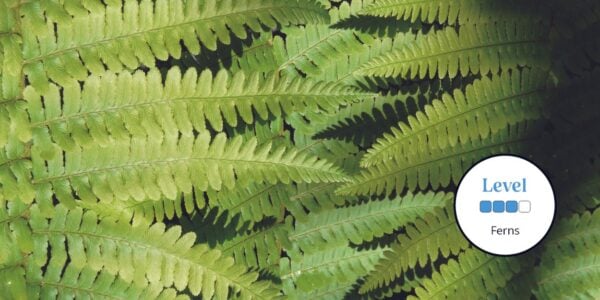
Fri 02, August 2024 16:00 - Mon 05, August 2024 16:00
Field visits will include a range of different habitats around Cwm Idwal, Aberffraw, Port Noble, Llangaffo, Llanfaelog, Valley Wetlands, Coed Felin Rhyd and Bwlch yr Haiarn. MMU students - please email [email protected] to book your course place.
Progress Your Learning
This is a training course from the Field Studies Council, delivered by expert tutors with an approachable learning style. After attending this course, you may like to progress your learning with further relevant courses or branch out into other areas of natural history. The Field Studies Council offers both online and in person courses, so you can choose the learning style that suits you best.
The course gives you the opportunity to immerse yourself in a new subject and acquire novel skills. Our online portal gives you time to study at your own pace and fit the lessons around your own schedule.
If you have any questions about our online courses please check our Frequently Asked Questions
Please email [email protected] if you have any questions.
Group Bookings Made Easy
If you have a group of 10 or more individuals wanting to complete one of our courses, our team are available to discuss your options – from discounts to private team courses. Find out more!
You can rest assured that the absolute best content from an expert in environmental education will be at your fingertips. In choosing a Field Studies Council course, you will be joining thousands of people who learn with us each year.

